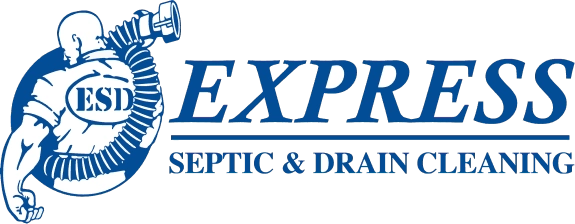After your wastewater leaves your home and enters your tank, what happens to it? You would be surprised at how many people don’t know the answer! If you have a septic system, the answer is that it ends up in the soil absorption field. This provides the final treatment and eventual distribution of the wastewater. You may here the soil absorption field called a “drain field”. Basically, it is a system of perforated pipes surrounded by gravel and covered with loamy soil.
The wastewater will be treated in large part by the soil. Microorganisms in the soil absorption field will help to remove the solids, nutrients, and other organic matter that remains in the water. Eventually, the microbes that digest the wastewater components will form a sort of biological mat. This will slow the water’s movement through the soil. This helps keep the area below the biological mat from becoming saturated. The grass covering your soil absorption system will also use the nutrients to grow. A properly functioning field should have a nice “head” of grass growing on it!
What is the best soil type for your absorption field? The texture of the soil will affect how fast the effluent from your tank filters into the soil. Sand will transmit faster than silt. Silt is faster than clay. The type of soil you use in your drain field will likely depend on the climate and ground quality where you live. You should check with your local environmental health district or with a septic system professional to determine the right material for you!
You will also need to factor in hydraulic loading in your design. This is the amount of effluent that is applied per square foot of trench surface. Again, water will filter through different soils at different rates. For example, the hydraulic loading rate is lower than clay than for sand. This is because the conductivity for sand is higher than that for clay.
Also, you need to determine the size of your field. This is decided by how much wastewater will go into the system each day. There is an easy way to find this. Divide the wastewater flow by the hydraulic loading for the soil type you have chosen.
If you need any help in designing your soil absorption field, give Express Septic Pumping a call. Our qualified technicians are available to present you with the best options for you. Call us today!


